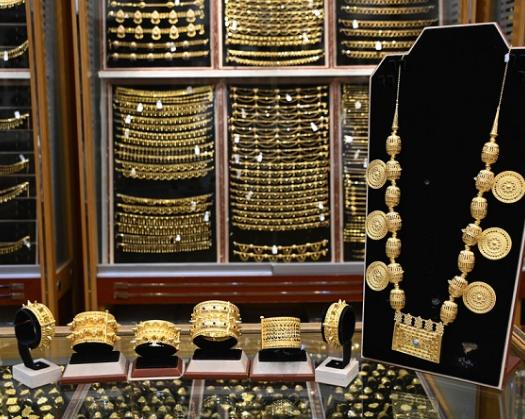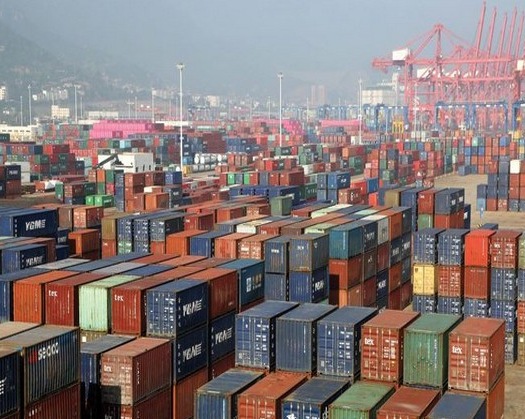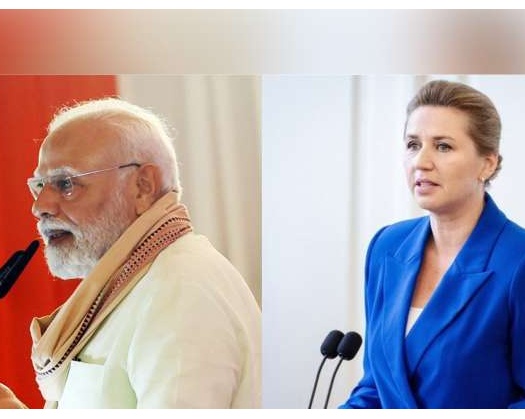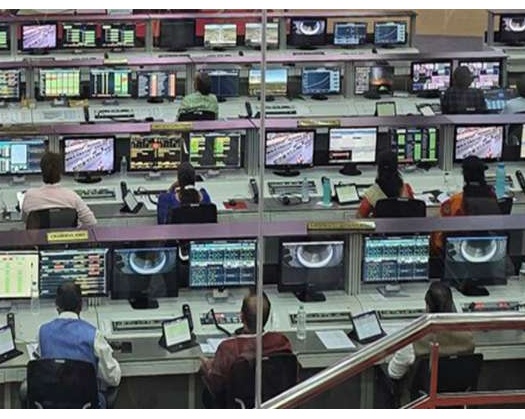Muscat: A multitude of gold traders and proprietors within the Sultanate of Oman have corroborated a significant decline in gold sales within the Omani market over the past few months, attributed to a notable increase in gold prices since the commencement of the year. This escalation in prices has been attributed to a variety of geopolitical and financial factors.
The traders have reported a discernible decrease in gold market activity, which in turn has led to a reduction in gold jewelry sales. This downturn in sales has presented challenges for both traders and shop owners.
Muhammad Amin bin Adam Al-Sayegh, the proprietor of a gold store located in Muttrah Souq, has elucidated that the surge in gold prices globally is a consequence of geopolitical circumstances and fluctuations within the financial markets.
He further explained to the Oman News Agency that the price of gold has increased from approximately OMR22 per gram at the start of 2024 to OMR27 per gram at present, despite the commencement of the wedding season in the Sultanate of Oman approximately two months ago.
Al-Sayegh highlighted that this increase in gold prices has led to a shift in consumer preferences towards silver and gold-plated jewelry, adversely affecting the sales of gold in the market.
Siddiq bin Dawood Al-Sayegh, another trader, attributed the rise in gold prices to market speculation, conditions in producing and importing countries, the situation in the Middle East region, and the influence of certain commercial investors on gold prices.
He also mentioned that the imposition of Value-Added Tax, price manipulation, and the quality issues associated with gold from unlicensed workshops have further contributed to the decrease in gold demand since the beginning of the year.
Al-Sayegh anticipates that gold prices will continue to rise in the forthcoming period, influenced by current conditions in the Middle East region and the upcoming US elections, expecting the price of a gram of gold to reach OMR30.
He cautioned that the anticipated increase in gold prices will likely exacerbate the decline in gold sales within the Omani market, potentially leading to significant financial losses for traders.
Qais bin Abdul Hamid Al-Sayegh, a distinguished gold merchant, remarked, "In the Sultanate of Oman's historical gold markets, there have been periods characterized by robust sales, driven by obligations and unique requirements."
He emphasized the potential impact of the ongoing increase in gold prices on both merchants and consumers, suggesting that this may lead to a shift towards alternative investment sectors.
Khalifa bin Abdullah Al-Mandhari concurred, stating, "Gold prices have experienced a steady increase since 2005, with the cost of a gram now exceeding OMR27. This has contributed to a decline in gold purchases, alongside reduced economic activity and the imposition of taxes on gold acquisitions."
Umm Yazan Al-Amri supported this observation, noting, "The diminished demand for gold can be attributed to the lower income levels of individuals and the general increase in prices, alongside issues such as the manipulation of gold quality by some merchants, fraudulent practices by owners of unlicensed workshops, and a lack of innovative jewelry designs."
Mansour bin Rashid Al Ya'arubi, a Senior Laboratory Technician at the Precious Metals Laboratory within the General Directorate of Specifications and Standards at the Ministry of Commerce, Industry, and Investment Promotion, highlighted the efforts being made by the Directorate to oversee the gold markets and workshops in Oman. He stressed the importance of continuous monitoring to prevent any adulteration of gold quality and pricing.
He further underscored the need for thorough inspections of gold shops and workshops to ensure the authenticity of displayed jewelry, particularly in terms of the presence of stamps and seals that indicate the type and quality of gold.









